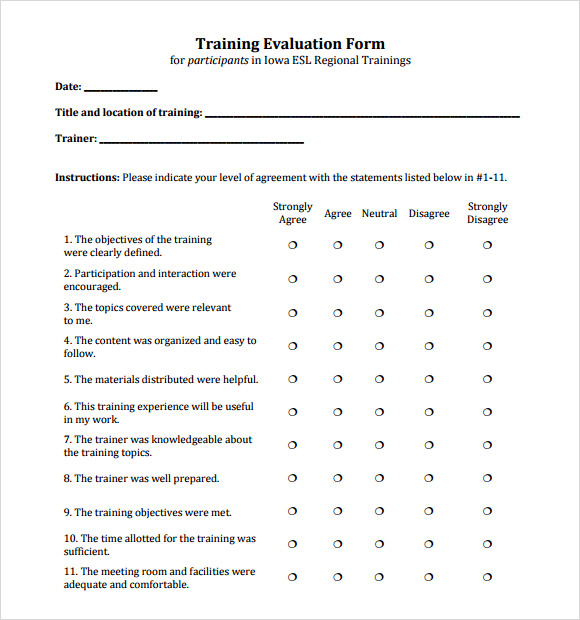


It’s a reaction to a learners’ action that aims to engage, inform and increase knowledge by reducing “discrepancies between current understandings and performance and a goal”. You can add it in at the end of a learning module, provide it on a question-by-question basis, or address it once annually in the form of performance review.īut what is the optimal way for learners to receive feedback? What is instant feedback and why is it important?įeedback is “information provided by an agent regarding aspects of one's performance or understanding”. You can deliver feedback episodically, in isolated instances or on an ongoing basis. It’s also what your people want - 65% of employees say they want more feedback.įeedback comes in many shapes and forms.

Feedback improves learner confidence, motivation to learn and ultimately, a learner’s attainment. This method shows promise, although the results are not yet complete.It’s no secret that feedback is an important component of effective learning. To address this issue, I am trying a new strategy to increase student interaction and deepen learning. However, students may not retain the knowledge very long. The student performance does not show significant differences between exams given with IF-AT before March 2020 and with Expert TA afterward, indicating that both systems work similarly. To preserve immediate feedback for students, I decided to use Expert TA to adminster online exams. This became impossible when all classes were moved online in March 2020. Before the COVID-19 pandemic, I was giving students quizzes that included an individual round and a group round using the Immediate Feedback Assessment Technique (IF-AT). These assessments have evolved from higher-stakes exams to more frequent quizzes. Over the years, I have tried different ways to assess my students in our Astronomy of the Solar System course. I describe how I use immediate feedback in quizzes and exams and discuss its effectiveness.


 0 kommentar(er)
0 kommentar(er)
